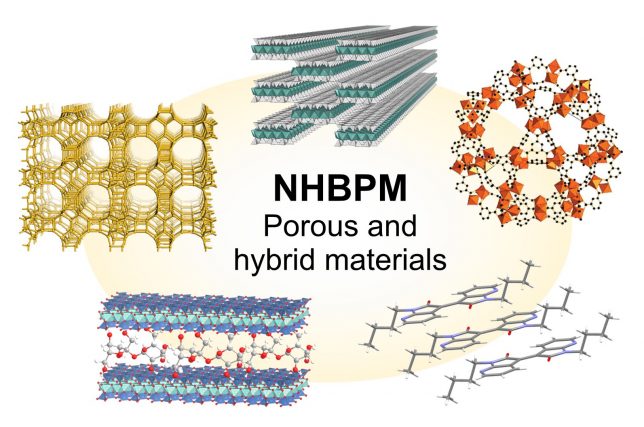Ir al contenido

Research

A large part of the research focuses on the development of hybrid nanostructured materials of diverse nature (intercalation compounds, nanocomposites, sol-gel materials,…), micro- and nano-porous solids (diverse zeotypes, clay-based heterostructures and silica-based eco-materials) as well as silicate-based biohybrids, in particular bionanocomposite materials. Many of these materials are based on natural or synthetic clays of varied nature (montmorillonites, hectorites, saponites, sepiolite, etc.) and, in other cases, they are prepared by different methods: ceramic, sol-gel, hydrothermal synthesis, microwave activation methods, as well as using agri-food industry sub-products to produce valuable eco-materials. The properties of these materials are studied considering not only their more classical uses , i.e. as adsorbents and catalysts, but also other advanced applications derived from their electrical, magnetical, optical, opto-electronical, etc., properties, and more recently with a focus on biotechnology and biomedicine. Thus, for instance, we are developing bio-hybrids amenable to association with bioactive species, such as enzymes for the implementation of biosensors, micro-organisms such as algae to be immobilized in a supported phase, or even viruses for the creation of new and improving vaccines. Other current interest focus on the design and synthesis of functional porous and hybrid materials using different chemical strategies to provide nanostructured materials with new architectures and predefined desirable properties, required for their use in extremely relevant areas (selective adsorption and catalysis, environmental and food analysis, gas separation, water treatment, biomedicine and tissue engineering, and magnetic, optical and electrochemical devices). A research line also under development refers to the preparation of supported graphenes from natural resources, such as sucrose or caramel using porous solids (clays, silica, zeolites,…) as supports. The procedure developed in our group can be considered as a remarkable eco-friendly and low-cost approach promising for large scale production of graphene-like materials for potential applications such as conducting fillers in nanocomposites, electroactive elements of electrochemical devices (sensors, Li-batteries, supercapacitors,etc) and hydrogen storage.
